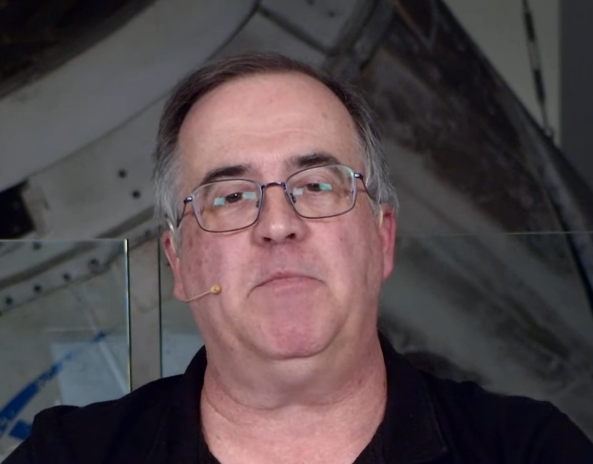

If you rename a file only changing the casing it doesn’t update properly, you need to rename it to something else and back.
This is so userfriendly I have been stumped by it multiple times.
On the other hand in using Linux I have had a number of problems with the casing of files: The number is 0






let x be the number of people like this
x = x+1
Am I doing this right?